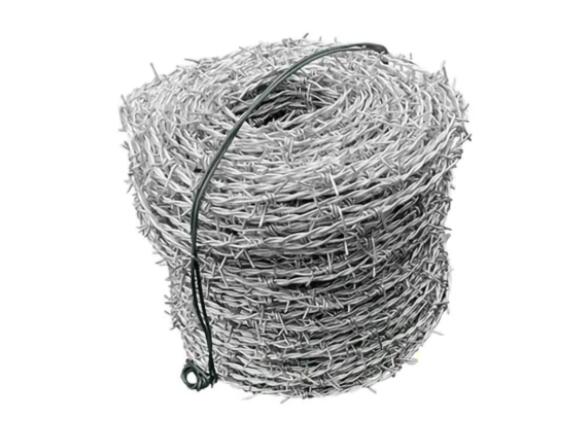What Screws to Use for Drywall A Comprehensive Guide
When it comes to hanging drywall, the type of screws you use plays a crucial role in the integrity and longevity of the installation. Choosing the right screws can ensure that your drywall remains securely attached to the framing while preventing common issues such as cracking, bowing, or sagging over time. This article will explore the best types of screws for drywall, their features, and tips for proper installation.
Types of Screws for Drywall
1. Drywall Screws These are specifically designed for attaching drywall to wood or metal studs. They come in two primary varieties based on the type of stud coarse-thread screws for wood studs and fine-thread screws for metal studs.
- Coarse-thread drywall screws are typically 1.25 to 2.5 inches in length and feature a sharp point that allows them to easily penetrate wood. They have larger threads that provide a better grip in softer materials. - Fine-thread drywall screws are used for metal studs and are designed with a sharper tip and tighter threads, which helps them to cut through the metal studs without the risk of stripping.
2. Self-Drilling Screws These screws make installation even easier by eliminating the need for pre-drilling holes, especially for metal studs. Self-drilling screws, also known as 'self-tapping screws,' have a built-in drill point that allows them to penetrate the material effectively.
3. Screw Coatings Drywall screws are often coated with a corrosion-resistant material, such as black phosphate or zinc, to enhance durability and prevent rust. The coating also helps the screws to be less likely to strip while being driven into the drywall or studs.
Features to Consider
When selecting screws for drywall, consider the following features
what screws to use for drywall

- Length The length of the screw should be adequate to penetrate the drywall and the framing material. Typically, 1.25 inches is sufficient for ½-inch drywall, while 1.5 to 2 inches is suitable for 5/8-inch drywall. - Head Type Drywall screws come with various head types, including bugle and flat heads. Bugle heads are preferred because they help to sink the screw flush with the surface of the drywall without tearing the paper.
- Gauge A standard gauge for drywall screws is 6 or 8. A 6 gauge screw is sufficient for most applications, whereas a 8 may be used for heavier drywall or additional holding strength.
Installation Tips
1. Screw Spacing When installing drywall, it is essential to maintain proper screw spacing. For standard wall installations, screws should be placed every 16 inches along the studs. For ceilings, screws should be positioned every 12 inches to provide additional support against sagging.
2. Depth Control Ensure that the screws are driven slightly below the surface of the drywall. This creates a neat appearance and prevents the screw head from interfering with the tape and mud process.
3. Avoid Over-tightening Be cautious not to over-tighten screws, as this can damage the drywall paper and lead to potential cracking or weakened support. A snug fit is sufficient.
Conclusion
Choosing the right screws for drywall is essential for a successful installation. Drywall screws, particularly coarse and fine-thread options, are specifically designed for this purpose. Understanding the features, such as screw length, head type, and gauge, can help ensure that your drywall installation remains strong and long-lasting. By following proper installation techniques and guidelines, you can achieve a professional-quality result that stands the test of time. Whether you're a DIY enthusiast or a seasoned contractor, having the right screws on hand is vital for any drywall project.

















